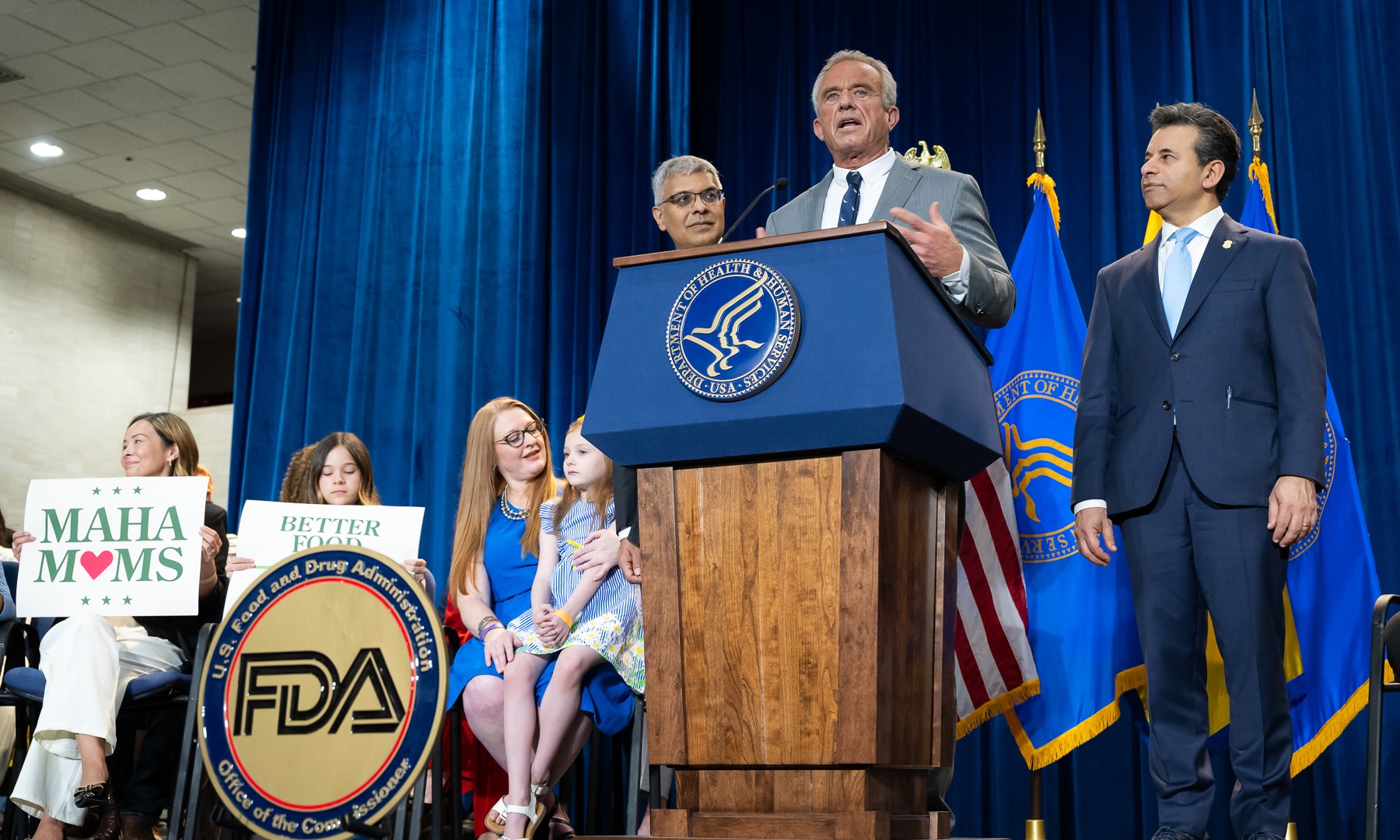Mental health remains one of the most misunderstood facets of human well-being, largely due to persistent social stigmas. Stigma, in this context, refers to the negative stereotypes, labels, or discrimination directed at individuals who experience mental health conditions. These stigmas are not just personal opinions; they are deeply embedded in societal attitudes, cultural norms, and even institutional policies, leading to far-reaching consequences.
Types of Social Stigma Affecting Mental Health
Public Stigma refers to the general population’s negative attitudes toward people with mental illness. This manifests through derogatory language, social exclusion, and the propagation of myths that depict affected individuals as violent, unreliable, or incapable. For example, media portrayals often exaggerate violent behavior among those with schizophrenia, despite scientific evidence indicating they are more likely to be victims than perpetrators of violence.
Self-Stigma arises when people adopt societal biases, resulting in reduced self-worth and a weakened sense of capability. For instance, a person diagnosed with depression might start perceiving themselves as fundamentally flawed or inadequate, potentially hindering their pursuit of help or full participation in daily activities.
Structural Stigma is observed in social institutions, such as healthcare, education, and the workplace. Policies that limit insurance coverage for mental health treatment, discriminatory hiring practices, or educational exclusion due to perceived instability all contribute to the systematic disadvantage of those grappling with mental health challenges.
Prominent Societal Prejudices and How They Appear
1. Weakness and Lack of Willpower One prevailing stigma is the notion that mental illness is a sign of weakness or a character defect rather than a medical issue. People facing anxiety disorders or clinical depression are often told to “snap out of it” or “just be positive,” thus minimizing the validity of their struggles. This attitude overlooks biological, genetic, and environmental underpinnings that are central to mental health conditions.
2. Dangerousness and Unpredictability Individuals with mental illnesses, particularly psychotic disorders, are frequently painted as dangerous or unpredictable. This misconception fosters fear and avoidance, as illustrated by public reactions to those showing symptoms in public spaces. Studies have shown that people with mental illnesses are no more likely to commit violent acts than the general population, yet they are more likely to suffer violence and abuse.
3. Incompetence A significant societal prejudice involves the belief that individuals experiencing mental health issues are incapable of performing adequately in academic settings, professional environments, or within the broader community. Employers might be reluctant to employ or advance individuals who have revealed past psychiatric conditions, out of concern for their dependability. However, studies have actually shown that with appropriate assistance, the majority of people successfully manage their conditions and contribute meaningfully across all aspects of life.
4. Contagion and Exclusion Some societies view mental illness through the lens of contagion, as if symptoms were transmissible like an infectious disease. Such beliefs can be particularly entrenched in collectivist cultures, leading families to hide affected members, avoid seeking professional help, or even endorse institutionalization rather than community participation.
The Impact of Societal Stigmas on Psychological Well-being
Societal prejudices hinder the identification, care, and healing processes. The apprehension of being judged causes numerous individuals to conceal their symptoms or completely shun mental health assistance. The World Health Organization reports that up to 60% of those afflicted with prevalent mental illnesses refrain from seeking aid, primarily owing to the expected disapproval.
The compounding effect of stigmas can result in social isolation, unemployment, deteriorating physical health, and an increased risk of suicide. For instance, a 2022 study in the United States found that individuals who internalized stigmas had a significantly higher likelihood of foregoing medical care and reporting hopelessness.
Cultural Nuances in Social Stigma
While mental health stigmas are universal, their nature and severity can differ according to cultural context. In some societies, psychiatric symptoms may be attributed to spiritual or supernatural forces, resulting in ostracization or exorcism rather than medical intervention. Immigrant and minority communities often face additional stigmas, where revealing mental health struggles can be perceived as dishonoring one’s family or community.
Case studies from East Asia highlight the impact of collective shame: individuals with depression may suffer in silence to avoid “losing face.” By contrast, in some Western contexts, hyper-individualism can lead to under-recognition of distress until it reaches a crisis stage, as individuals are expected to “pull themselves up by their bootstraps.”
The Function of Media, Linguistics, and Governance
Media reporting profoundly influences whether stigma is maintained or diminished. Sensationalist newspaper headlines that connect mental health conditions with shocking offenses perpetuate harmful misconceptions. Conversely, initiatives that highlight personal journeys can foster understanding and compassion for these disorders.
Language plays another crucial role. Words such as “crazy,” “psycho,” or “lunatic” carry stigma and hinder honest discussions. Adopting person-first terminology, for instance, “person experiencing bipolar disorder,” represents a deliberate effort to minimize negative impact.
Policy adjustments are crucial. Legal protections, parity in insurance benefits for mental and physical well-being, and workplace anti-discrimination measures directly tackle systemic prejudice and enhance accessibility for individuals impacted.
Advancing Stigma Mitigation
Efforts to dismantle social stigma must address all levels: individual, community, and systemic. Educational programs in schools and workplaces, open dialogues led by those with lived experience, and inclusive policy reforms collectively erode negative stereotypes and promote mental health literacy. Greater visibility for mental health initiatives and diverse role models contribute toward normalizing conversations and fostering environments in which seeking help is a sign of strength, not weakness.
Understanding and addressing social stigmas is not only vital for improving individual well-being but also for forging societies that acknowledge mental health as integral to overall human health. Changing the narrative around mental illness creates conditions in which empathy, acceptance, and recovery are truly possible.




